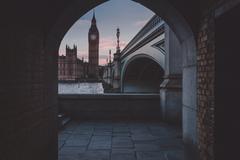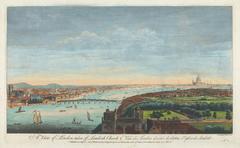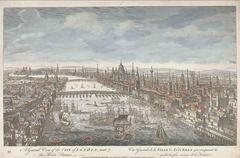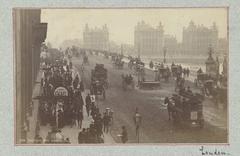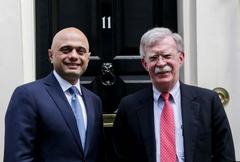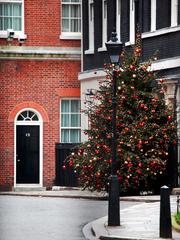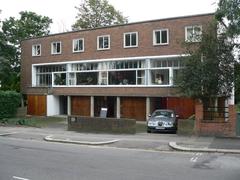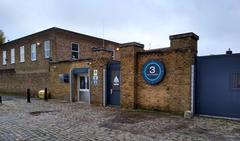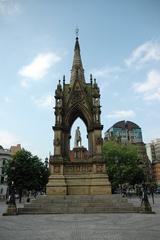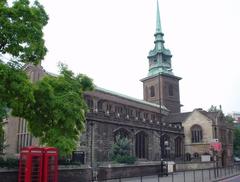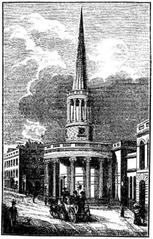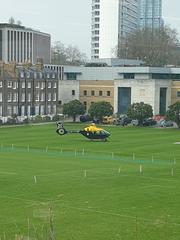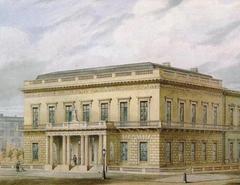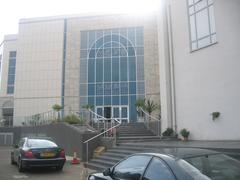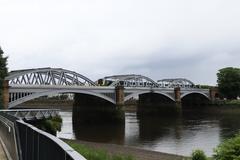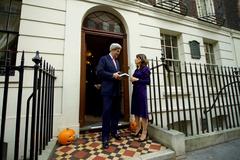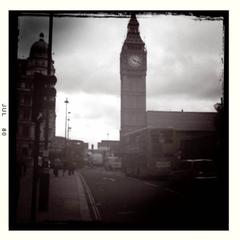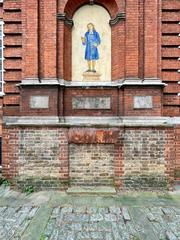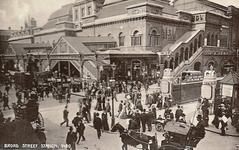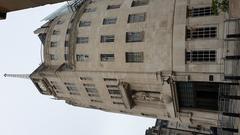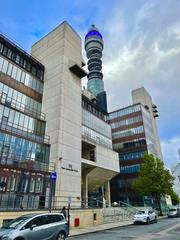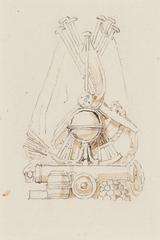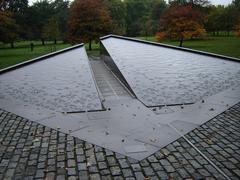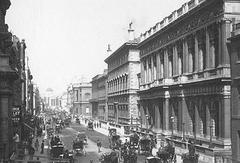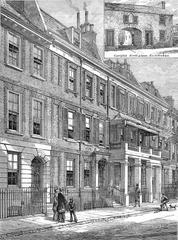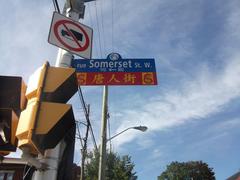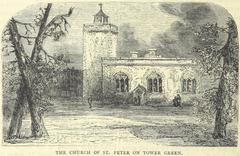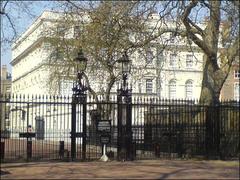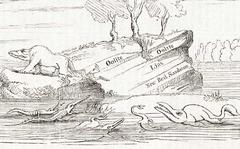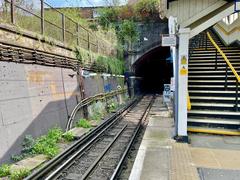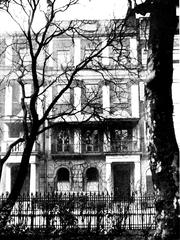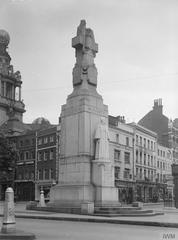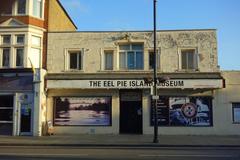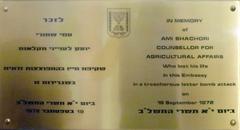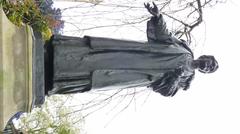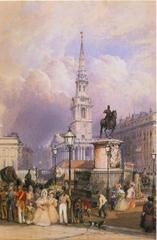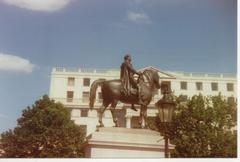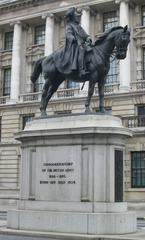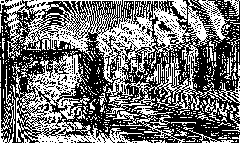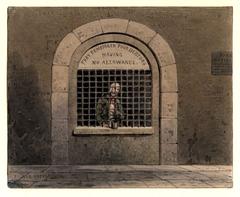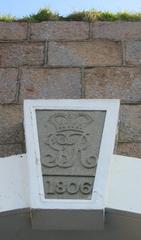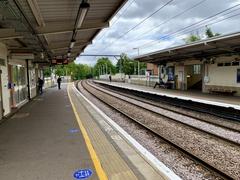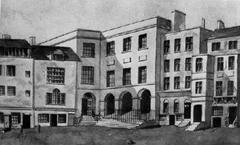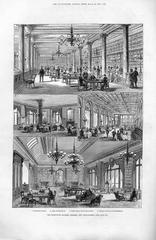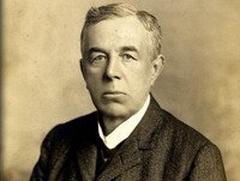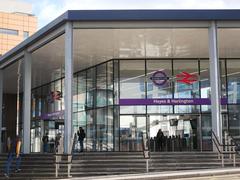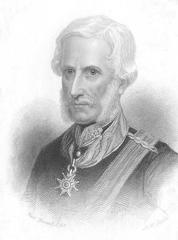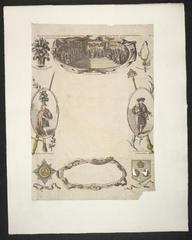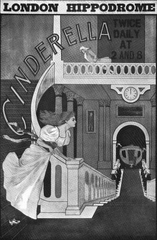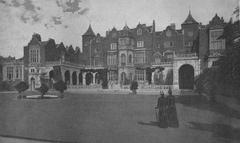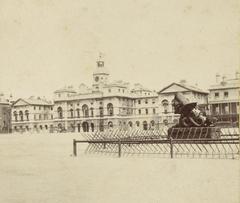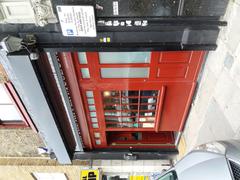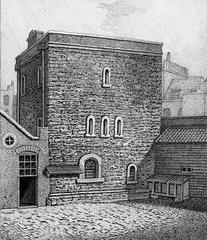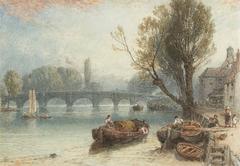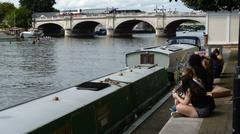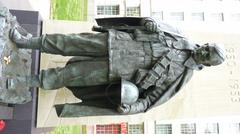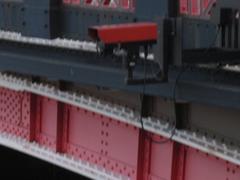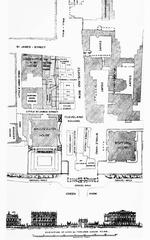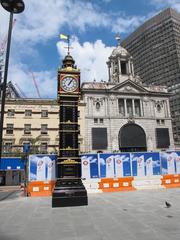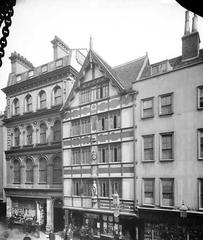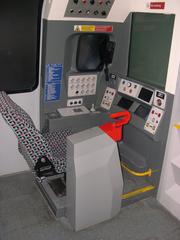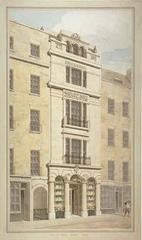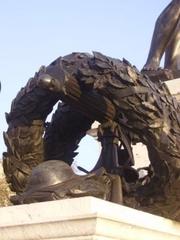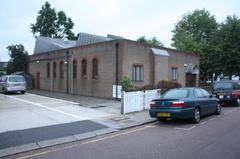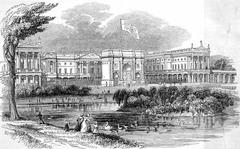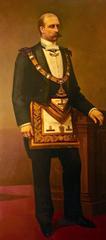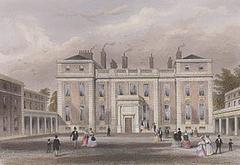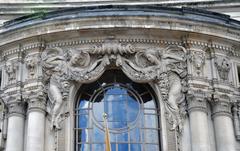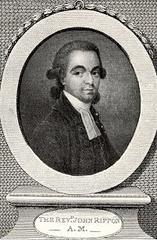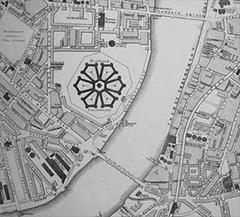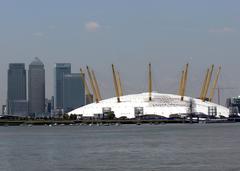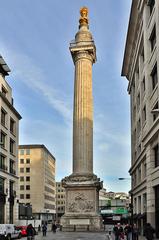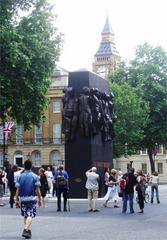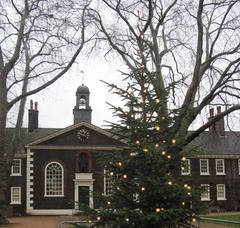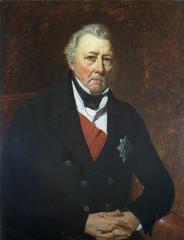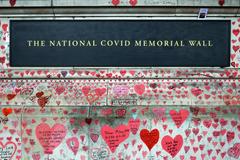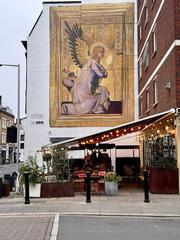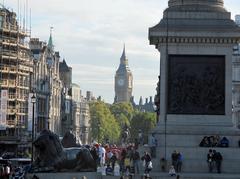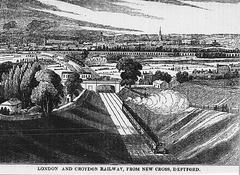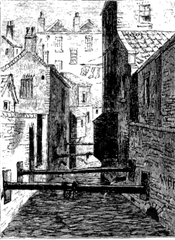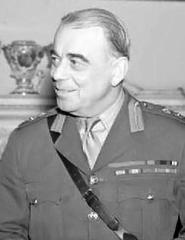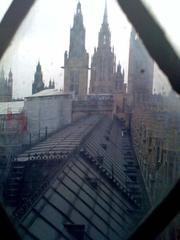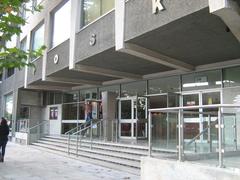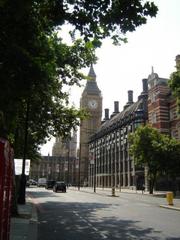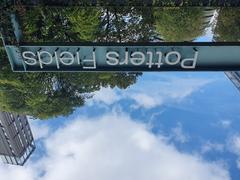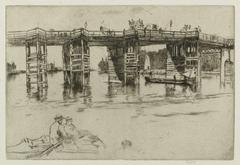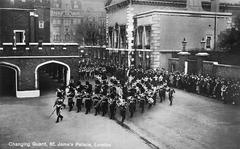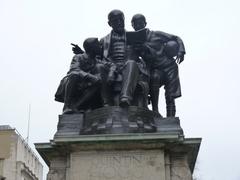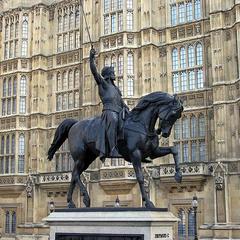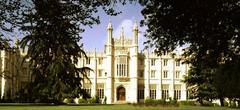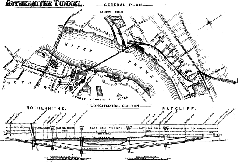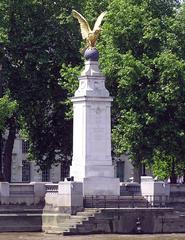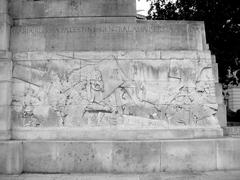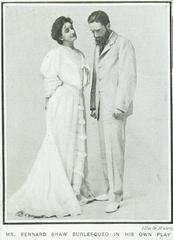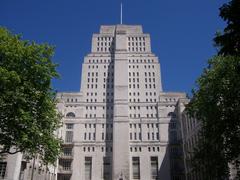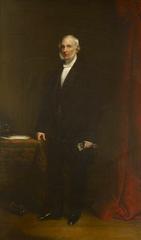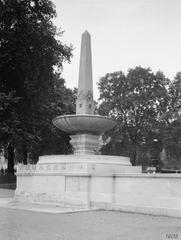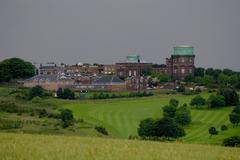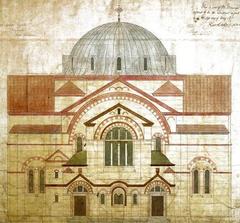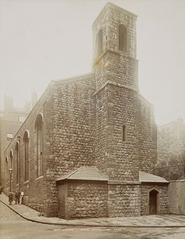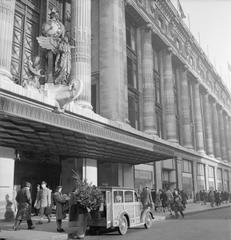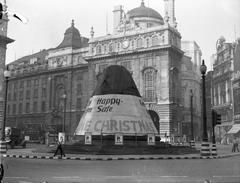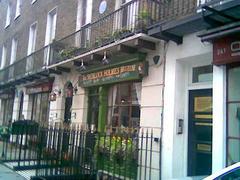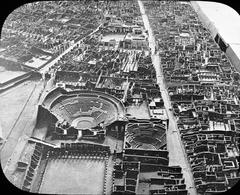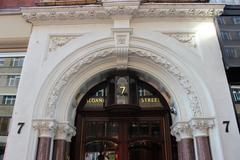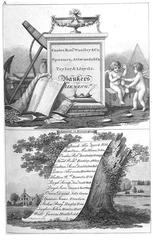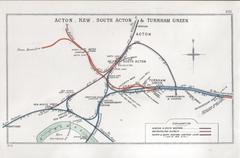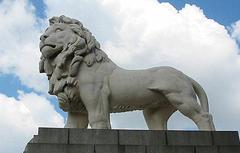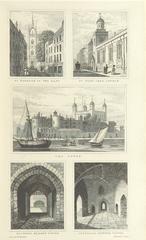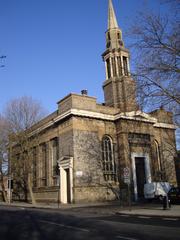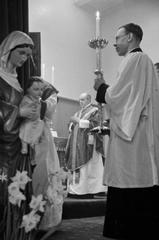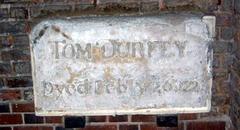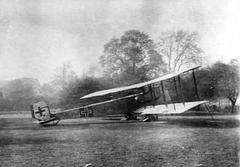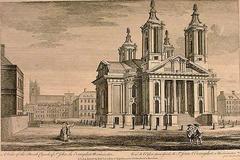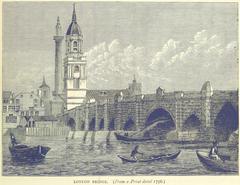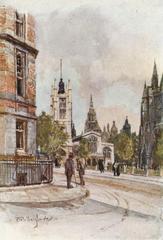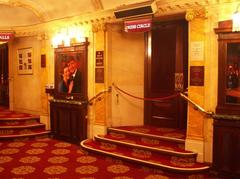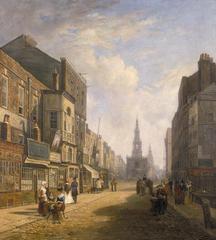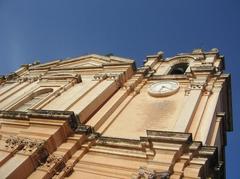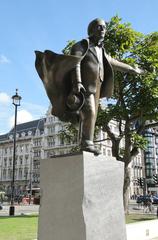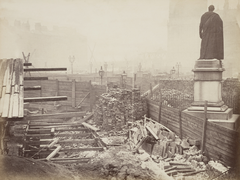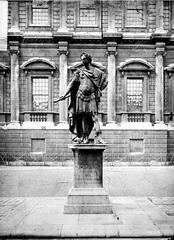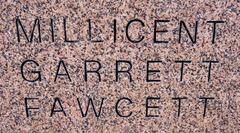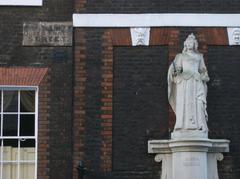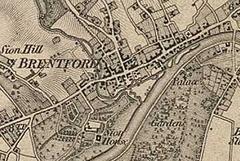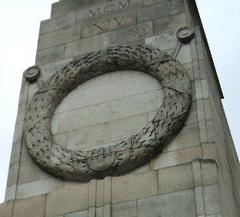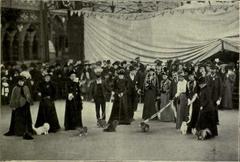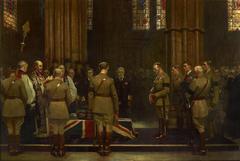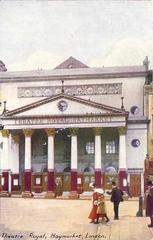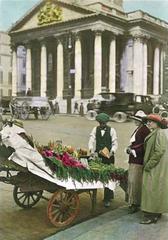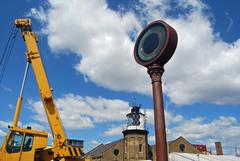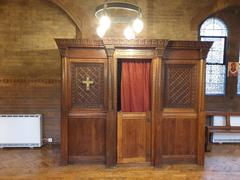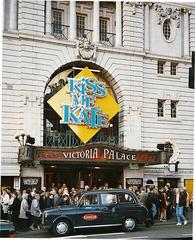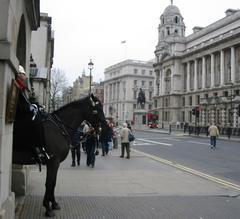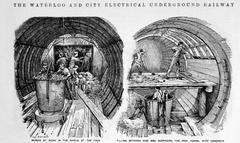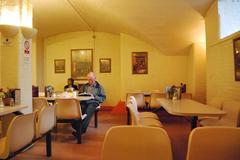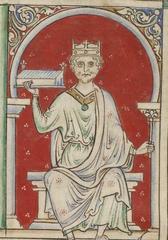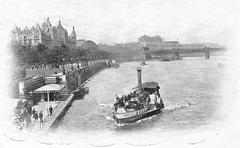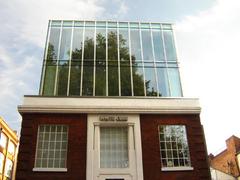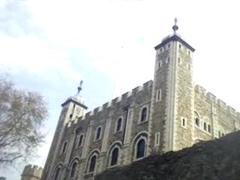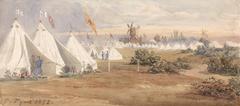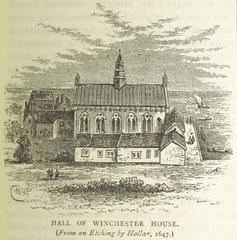
Guide to Visiting Westminster Bridge, London
Date: 17/07/2024
Introduction
Westminster Bridge stands as one of London’s most iconic landmarks, intertwining rich history, architectural splendor, and cultural significance. Spanning the River Thames, this historic bridge connects the City of Westminster on the north bank with Lambeth on the south bank. The bridge offers breathtaking views of notable sites like the Houses of Parliament, Big Ben, and the London Eye, making it an essential destination for visitors exploring the heart of London. This comprehensive guide explores Westminster Bridge’s fascinating history, architectural features, and cultural impact, and provides essential tips for visitors to maximize their experience at this historic site.
The idea of constructing a bridge at Westminster dates back to the early 18th century, with the first Westminster Bridge being built between 1739 and 1750 by Swiss engineer Charles Labelye. The current bridge, designed by Thomas Page, was inaugurated in 1862, reflecting Victorian engineering ingenuity with its use of iron and Gothic Revival style. The bridge’s green color is symbolic, matching the leather seats in the House of Commons (Londonist).
Westminster Bridge has witnessed significant historical events, including the Great Stink of 1858 and the tragic terrorist attack in 2017, underscoring its resilience and symbolism (Historic UK, BBC News). Additionally, the bridge’s cultural footprint extends to popular media, having been featured in films like ‘The Thirty-Nine Steps’ and ‘28 Days Later’ (IMDb).
This guide will delve into these aspects and more, making it an invaluable resource for anyone planning to explore Westminster Bridge.
Table of Contents
- [Early Conception and Initial Construction](#early-conception-and-initial-constructionearly-conception-and-initial-construction)
- [Challenges and Reconstruction](#challenges-and-reconstructionchallenges-and-reconstruction)
- [Architectural Significance](#architectural-significancearchitectural-significance)
- [Historical Events](#historical-eventshistorical-events)
- [Cultural Impact](#cultural-impactcultural-impact)
- [Preservation and Modern Use](#preservation-and-modern-usepreservation-and-modern-use)
- [Visitor Experience](#visitor-experiencevisitor-experience)
- [Special Events and Photographic Spots](#special-events-and-photographic-spotsspecial-events-and-photographic-spots)
- [FAQ](#faqfaq)
- [Conclusion](#conclusionconclusion)
- [References](#referencesreferences)
Early Conception and Initial Construction
The idea of constructing a bridge at Westminster dates back to the early 18th century. The first Westminster Bridge was built between 1739 and 1750, designed by the Swiss engineer Charles Labelye. This initial structure was a significant engineering feat of its time, featuring 13 main arches and two smaller ones. The bridge was constructed using Portland stone, a material known for its durability and aesthetic appeal. The total cost of the bridge was approximately £389,500, a substantial sum for that era (British History Online).
Challenges and Reconstruction
Despite its initial success, the first Westminster Bridge faced numerous challenges. The structure began to deteriorate due to the strong tidal currents of the River Thames and the poor quality of some of the materials used. By the early 19th century, it became evident that a new bridge was necessary. In 1854, the decision was made to replace the original bridge with a new one.
The current Westminster Bridge was designed by Thomas Page and opened in 1862. This new bridge was constructed using iron, a more robust and durable material compared to the stone used in the original structure. The design also featured seven elliptical arches, which provided greater strength and stability. The total cost of the new bridge was approximately £400,000 (Engineering Timelines).
Architectural Significance
Westminster Bridge is renowned for its distinctive Gothic style, which complements the nearby Palace of Westminster. The bridge’s design includes ornate details such as pointed arches and decorative ironwork, reflecting the Victorian era’s architectural preferences. The bridge’s green color is also significant, as it matches the leather seats in the House of Commons, located on the north side of the Palace of Westminster (Londonist).
Historical Events
Westminster Bridge has been the site of numerous historical events. One of the most notable was the Great Stink of 1858, when the River Thames became so polluted that it caused a public health crisis. The bridge played a crucial role in the efforts to improve the river’s sanitation, leading to the construction of the Victoria Embankment and the implementation of modern sewage systems (Historic UK).
In more recent history, Westminster Bridge was the site of a tragic terrorist attack on March 22, 2017. A lone attacker drove a car into pedestrians on the bridge before continuing his attack near the Palace of Westminster. This event highlighted the bridge’s significance as a symbol of resilience and unity in the face of adversity (BBC News).
Cultural Impact
Westminster Bridge has also made a significant impact on popular culture. It has been featured in numerous films, television shows, and literary works. For example, the bridge appears in the opening scene of the 1978 film “The Thirty-Nine Steps” and in the 2002 film “28 Days Later.” Its iconic status makes it a popular location for filmmakers and photographers alike (IMDb).
Preservation and Modern Use
Today, Westminster Bridge remains a vital part of London’s infrastructure. It is a Grade II* listed structure, ensuring its preservation for future generations. The bridge is regularly maintained and has undergone several refurbishments to address wear and tear. In 2005, a major renovation project was undertaken to strengthen the bridge and improve its load-bearing capacity (Historic England).
Visitor Experience
For visitors, Westminster Bridge offers stunning views of some of London’s most famous landmarks, including the Houses of Parliament, Big Ben, and the London Eye. The bridge is a popular spot for tourists to take photographs and enjoy the scenic beauty of the River Thames. Walking across the bridge provides a unique perspective on the city’s rich history and architectural heritage.
Visiting Hours - Westminster Bridge is accessible 24/7, making it a convenient spot for both day and night visits.
Ticket Information - There are no tickets required to visit Westminster Bridge. It is freely accessible to the public.
Guided Tours - Several guided tours of London include a walk across Westminster Bridge, offering historical insights and fascinating anecdotes about this iconic site.
Nearby Attractions - Visitors can explore nearby attractions such as the Palace of Westminster, Westminster Abbey, and the London Eye, all within walking distance from the bridge.
Accessibility - The bridge is fully accessible to pedestrians, with ramps available for those with mobility issues.
Special Events and Photographic Spots
Westminster Bridge is often the backdrop for special events and celebrations, including New Year’s Eve fireworks and the annual Thames Festival. For photography enthusiasts, the bridge offers multiple vantage points for capturing stunning shots of London’s skyline, particularly at sunrise and sunset.
Frequently Asked Questions (FAQ)
Q: What are the best times to visit Westminster Bridge?
A: The best times to visit are early in the morning or late in the evening to avoid crowds and capture beautiful photos.
Q: Are there any guided tours available for Westminster Bridge?
A: Yes, several guided tours of London include a visit to Westminster Bridge, providing historical context and interesting stories.
Q: Is Westminster Bridge accessible for people with disabilities?
A: Yes, the bridge is fully accessible with ramps for those with mobility issues.
Conclusion
Westminster Bridge is not just a functional piece of infrastructure but a symbol of London’s enduring history and cultural significance. Its storied past, architectural beauty, and role in significant historical events make it a must-visit location for anyone exploring the city. Be sure to check out related articles on our site for more information about London’s historical sites and follow us on social media for the latest updates.
References
- ‘Explore Westminster Bridge - History, Visitor Tips, and Cultural Significance.’ Retrieved from British History Online.
- ‘Explore Westminster Bridge - History, Visitor Tips, and Cultural Significance.’ Retrieved from Engineering Timelines.
- ‘Explore Westminster Bridge - History, Visitor Tips, and Cultural Significance.’ Retrieved from Londonist.
- ‘Explore Westminster Bridge - History, Visitor Tips, and Cultural Significance.’ Retrieved from Historic UK.
- ‘Explore Westminster Bridge - History, Visitor Tips, and Cultural Significance.’ Retrieved from BBC News.
- ‘Discover Westminster Bridge - History, Architectural Features, and Visitor Tips.’ Retrieved from IMDb.
- ‘Discover Westminster Bridge - History, Architectural Features, and Visitor Tips.’ Retrieved from Historic England.
- ‘Essential Visitor Tips for Exploring Westminster Bridge in London.’ Retrieved from UK Parliament.
- ‘Essential Visitor Tips for Exploring Westminster Bridge in London.’ Retrieved from London Eye.
- ‘Essential Visitor Tips for Exploring Westminster Bridge in London.’ Retrieved from Transport for London.
